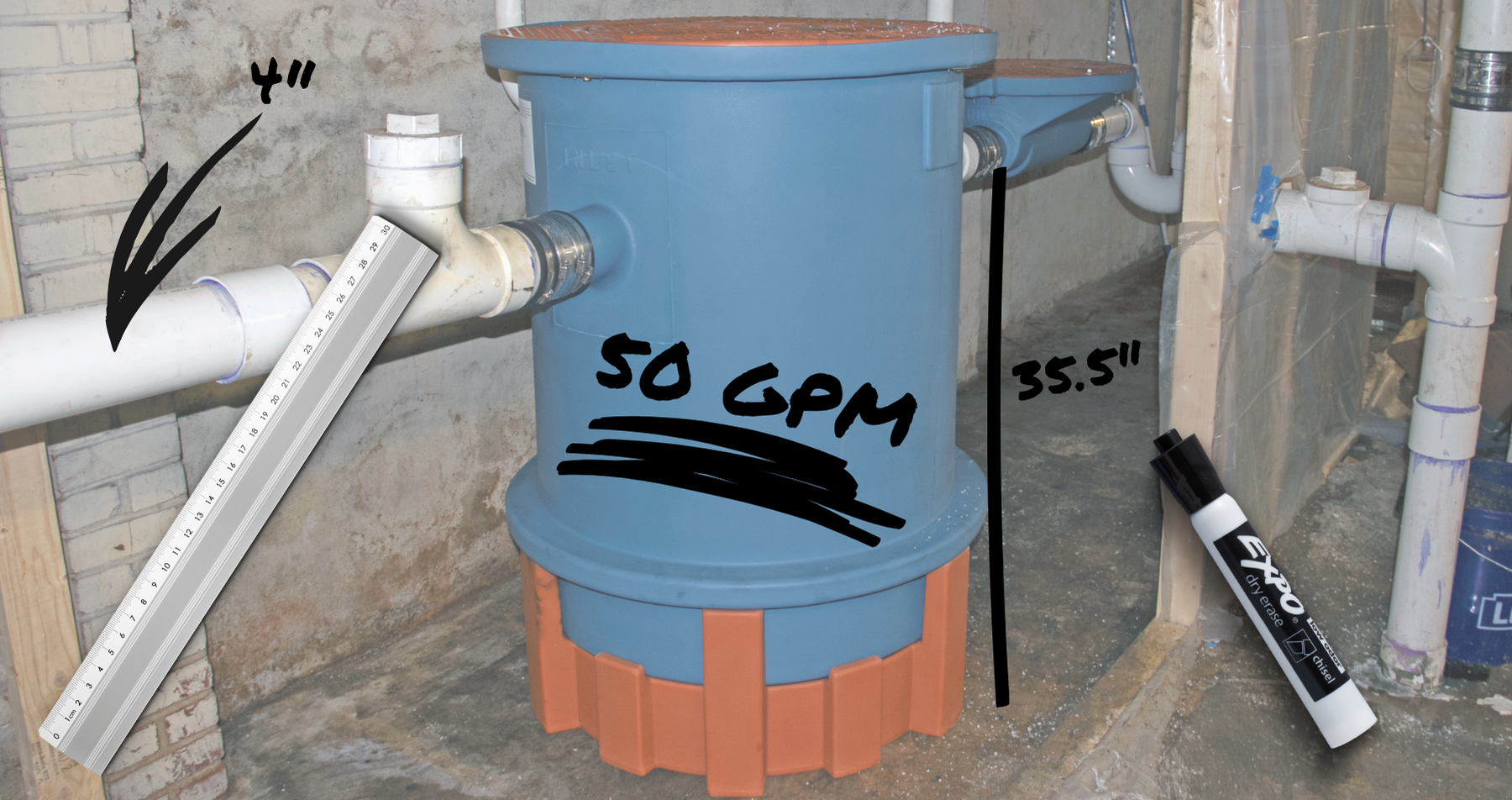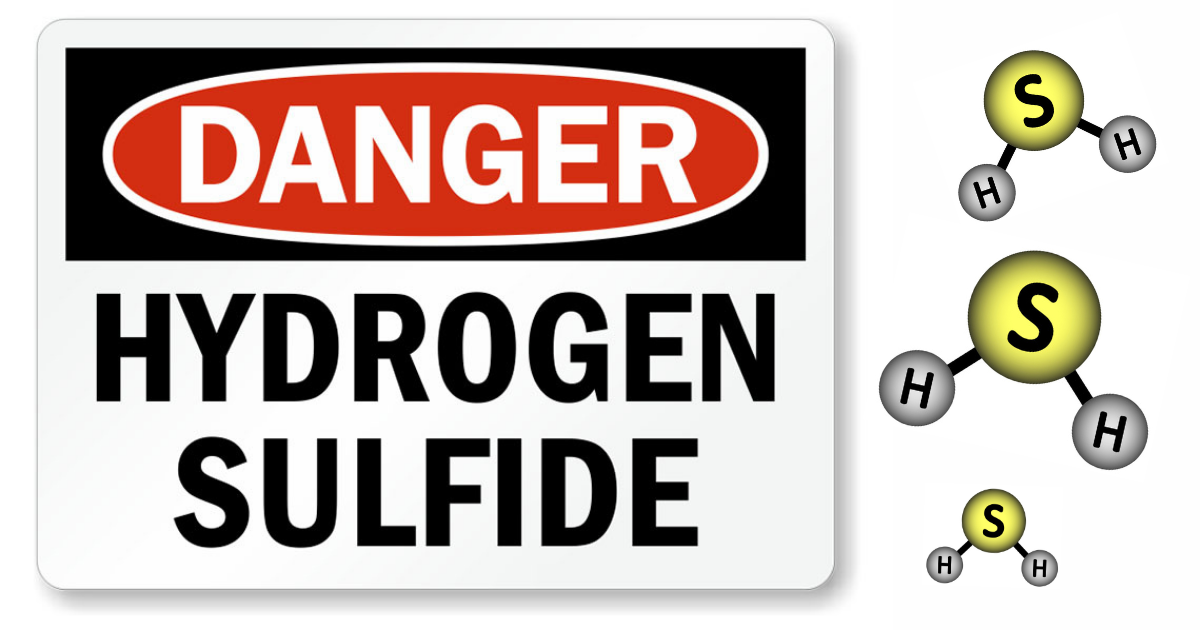How to Calculate the Total Cost of Ownership of a Grease Trap
- Jan 14, 2022

Shopping for a new grease trap? Prices aren't what they seem. Over the life of a grease trap, what you paid upfront will become a small percentage of the total cost of ownership. To get the best value for your business over the long term, think holistically. The true lifetime cost includes three categories. We outline them here to help you make the best buying decision.
1. The Purchase Price
Price tags vary widely based on several factors, including how large a unit you need, the number of units you require, and the type you choose. Regardless, sizing is crucial. A grease trap with too much capacity means you've not only paid too much for your unit. You also may eventually have stagnating water due to underuse, leading to odor problems and corrosion. Get a grease trap with too little capacity, and you'll deal with overflows, odors, and probably a fine from local inspectors. Plus, you'll need to replace that trap with one sized properly for your business. We have an easy-to-use sizing tool here that ensures you get the right grease trap for your kitchen.
Traditional concrete grease traps, which have been in use for more than a century, are relatively inexpensive and have a large capacity. But good grease management doesn't necessitate all that capacity anymore. Newer grease interceptor technology (including our Big Dipper and Trapzilla units) does the job more efficiently in a smaller footprint. These units may be more expensive initially. But the savings pile up over time to the point where concrete is far costlier.
2. Maintenance Costs
Grease traps must be properly cleaned on a regular basis. Even if they're sized correctly, poorly maintained traps will fail and overflow into your kitchen. That leads to odors that reach your dining room and cost you business. And if your local health inspector sees a poorly maintained trap, he or she will fine you.
Grease traps are cleaned in one of two ways:
- Kitchen staffs do it, disposing of the waste in an approved waste container.
- Pumping services do it on a regular basis for a recurring fee, an expense you should build into your upfront cost.
Either way, proper regular cleaning of your grease trap will lengthen its life and help you avoid unforeseen maintenance and repair costs. When weighing whether to handle it internally or externally, keep in mind:
- Some types of grease traps (especially larger units and buried units) can only be cleaned by a pumping service. Those pumping fees are built-in costs. You can't avoid them.
- Some in-kitchen units such as Big Dipper are relatively easy for staffs to clean, while others are more of a chore due to the design and capacity. Employees tend to avoid cleaning the latter, leading to the same problems mentioned above. Overflows, odors, and fines. Proper supervision is critical.
3. Failure Costs
Properly maintained and regularly cleaned grease interceptors should not fail, but some designs are inherently flawed. Concrete grease traps, for instance, are notorious for corroding over time due to their construction and failing after a few years. This is another expense you should factor into your upfront cost.
In failing grease traps, fats, oils, and grease spill into sewer lines, putting you in violation of local ordinances. Local health inspectors will levy the aforementioned fines, which are thousands of dollars a day in some places. The grease may also back up into your facility, exposing you to health department penalties, nauseating odors from the kitchen, and the possibility of having to shut down until you have fixed the problem.
If the failure occurs at an inconvenient time – over a holiday or on a weekend, for instance – you may face rush charges or overtime costs on top of normal plumbing installation costs. Then there's the chance you simply have to replace your grease trap. This is particularly common for concrete grease traps due to corrosion. While a polyethylene trap such as Trapzilla can last more than 30 years without corrosion, a concrete model will likely need to be replaced at least once -- and maybe twice -- in that time span.
Considering all these future expenses at the time of purchase is smart business. The cheapest option may be hard to resist, but you'll end up paying more in the long run. Much more.









